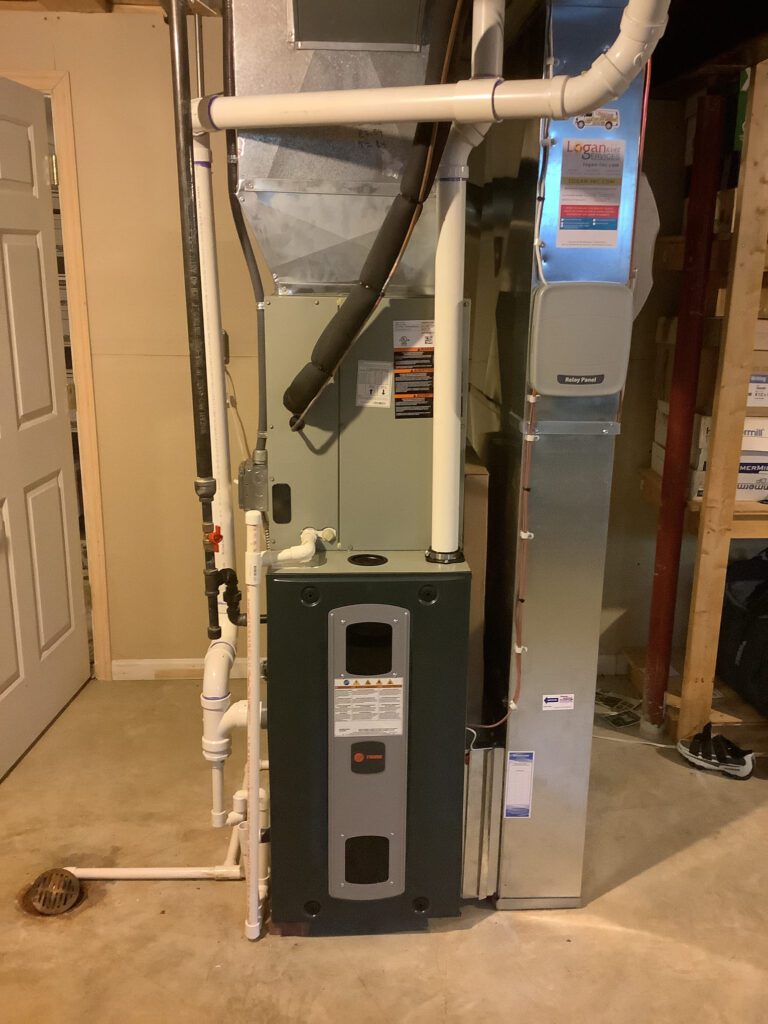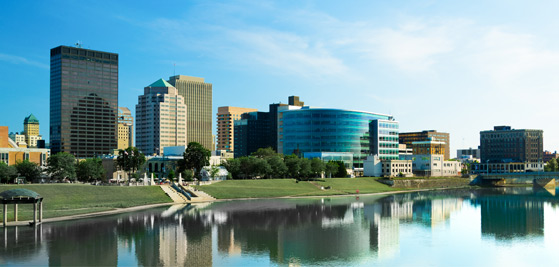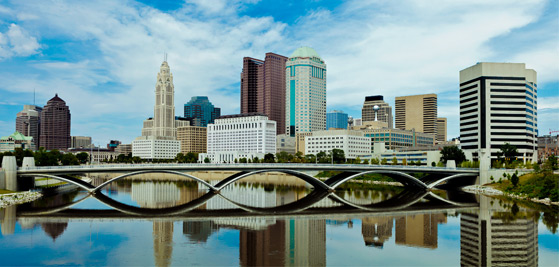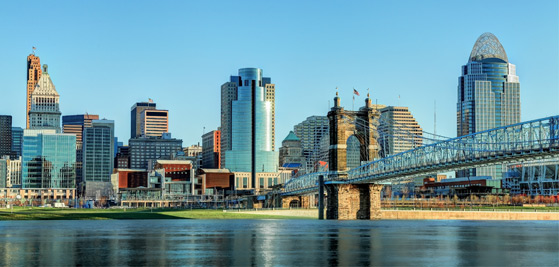An unusually noisy furnace likely signals a problem. While some furnace sounds are normal, loud noises, excessive banging, pitched squealing, or rumbling sounds often indicate the need for furnace repairs. This article explores the most common culprits behind noisy furnaces and practical solutions to quiet them down again.
What’s Causing the Ruckus? Troubleshoot Your Noisy Furnace
To pinpoint why your furnace is loud, first determine what part of the unit makes the noise and when. Key details help HVAC technicians diagnose and fix the issue properly.
Common Causes of Noisy Furnace Operation
Several areas on your furnace can generate unusual sounds, usually due to loose components or problems moving air.
The Blower Fan/Motor
If your furnace starts making loud banging or squealing sounds when your blower turns on or changes speeds, the fan blades or motor may be out of balance. Dirty fan blades throw off rotation. Fan bearings wear out over years of heating cycles. Debris can lodge in blower housings, or bent fan cages add turbulence.
Ductwork
Rattling noises or vibration from air ducts happens when connecting sheet metal comes loose. Restrictions inside air ducts that whistling sound mean excess friction for air trying to squeeze past blockages.
Gas Burner
Popping noises or wooshing when the heating system ignites stems from improper gas pressure or faulty burner operation. Too much or too little gas reaching the combustion area causes turbulence due to poor gas flow. Delayed gas ignition, where the furnace tries multiple times to light, also causes consecutive popping noises. Carbon buildup impedes smooth ignition.
Heat Exchanger
Clanging or hammering noises coming from the furnace itself often come from cracks or holes in the heat exchanger that allow exhaust gases to mix with circulating air. A potential carbon monoxide threat!
Vents/Exhaust Pipes
High-pitched whining or screeching sounds on the startup of your furnace occur if rain caps or intake traps shift out of position. Rattling vents or pipes may need realigning.
When Does the Noise Occur?
Listening closely while your furnace runs helps determine where to investigate.
- Starting Up: Launch noises from the blower, burner ignition, or vacuum hum fade shortly after. Concerning if loud/screeching. Clicking noises on startup. Buzzing noise during startup.
- Running: Steady noises like banging, grinding, or whistling continue after starting your furnace. Indicative of rotating or airflow parts rubbing.
- Shutting Down: clicking sounds, popping noises, or whistling sounds at shutdown are generally harmless as parts equalize. Knocks or booming noises as the heat exchanger cools down bear checking.
- Off-Cycle Furnace Noise
Armed with these troubleshooting clues, you can better explain the problem to an HVAC technician. Now, let’s explore your options to remedy a loud furnace.
Quieting Noises Based on the Likely Culprit
Repair solutions vary depending on which furnace part emits disruptive noise pollution.
Rumbly Blower Fan or Motor
A qualified furnace technician may suggest ways to fix noisy blower issues by:
- Rebalancing or replacing the fan or blower motor
- Lubricating and realigning the motor or bearings
- Removing debris or straightening fan cages
- Installing sound-dampening pads
Expect a several hundred dollar blower motor or assembly replacement cost if problems persist. Installing a quieter, more efficient variable-speed blower improves comfort dramatically.
Whistling Ductwork
Here are some steps that could be taken in order to remedy noisy ductwork:
- Reconnect separated air duct segments
- Replace collapsed or crushed ducts
- Seal leaky connections causing airflow turbulence
- Clear blockages obstructing smooth airflow
Sealing leaky ducts also boosts HVAC efficiency. Furnace technicians may recommend upgraded metal or noise-reducing flexible ducting.
Loud Gas Furnace Burner
Troubleshooting tips for noisy gas burners may include the following for a qualified HVAC technician:
- Clean clogged burner ports
- Replace cracked burner components
- Adjust gas pressure to specifications
- Upgrade to multi-port burners (gentler ignition)
NOTE: Proper burner adjustments require specialized tools to avoid gas leaks or carbon monoxide. It’s not a DIY job.
Heat Exchanger Cracks
Banging noises from a compromised heat exchanger demand immediate specialist help. Continued use risks dangerous carbon monoxide circulating through ductwork. A new furnace is likely needed.
Rattling Vents or Exhaust Pipes
Simple solutions for realigning noisy exhaust parts include:
- Resetting vents tipped over by weather or animals
- Resealing separated pipe connections
- Installing fresh gaskets/hose clamps on older systems
- Checking for exhaust blockages
Noise Reduction: Repair, Replace or Upgrade?
Should you invest in repairs for a noisy older furnace or replace it entirely? Key factors to consider:
Repairs
Targeted repairs might resolve issues cheaper than full replacement IF the main furnace components remain in good operating condition. Expect repair costs from $200 to $1000+ depending on parts and labor time needed to fix the noise culprit. Older furnaces tend to be more costly to repair.
New Furnace
Swapping a chronically noisy, inefficient furnace for a new, quiet unit ensures:
- Long-term noise reduction
- Greater heating capacity
- Improved safety
- Energy savings
Current units run far more quietly due to insulated cabinets, multi-speed components, and noise-abating tech. Plus, take advantage of HVAC rebates.
Have an HVAC Pro Diagnose Your Noisy Furnace
While you can troubleshoot some furnace noise issues and simple DIY solutions at home, an HVAC professional should handle tricky repairs involving gas or exhaust systems.
Ask prospective furnace technicians key questions like:
- Where does the noise seem to originate?
- When does it occur during the heating cycle?
- Do you have experience resolving common furnace noises?
- Will you ensure proper testing/alignment after repairs?
- What noise reduction measures do you recommend long-term?
Getting to the “heart of the noise” requires an expert HVAC technician’s ear and technical know-how. Trust a reliable local pro to remedy your loud furnace properly and improve home comfort.
The Logan Difference
As a family-owned heating and cooling company since 1969, Logan A/C & Heat focuses on quality customer service. Our extensive training program ensures all technicians master best practices for smooth, considerate HVAC installations. Ongoing communication keeps you informed, and installation checklists guarantee completeness.
We view clients as more than transactions. Our install managers walk customers through equipment operations before departing and assist in navigating warranties. Our hands-on curriculum produces thoughtful, diligent technicians who show up prepared with all the needed parts to optimize your comfort.
Logan A/C & Heat gives back via local charities, giveaways, and lending a hand to friends in need. We aim to improve homes beyond units as your trusted community HVAC partner.
Frequently Asked Questions (FAQs)
Is it normal for my furnace to make some noise?
Light humming or whooshing noises during startup and shutdown are normal air movement sounds. Newer furnaces are very quiet thanks to insulated cabinets and multi-speed components. Any banging, grinding, or loud squealing indicates a problem that likely needs assessment.
Why does my furnace get louder over time?
Furnace parts simply wear out over the years, heating your home. Fan bearings get rough, belts slip, and screws come loose, allowing vibration or airflow blockages to develop, causing turbulence. Annual maintenance helps detect issues early before problems worsen.
Should I repair or replace my noisy, old furnace?
Assess your repair/replacement options based on the age and condition of your system. Expect more repairs needed on very old units. Compare costs to upgraded replacement furnaces offering increased capacity, energy savings, safety enhancements, noise reduction, and modern convenience.




















